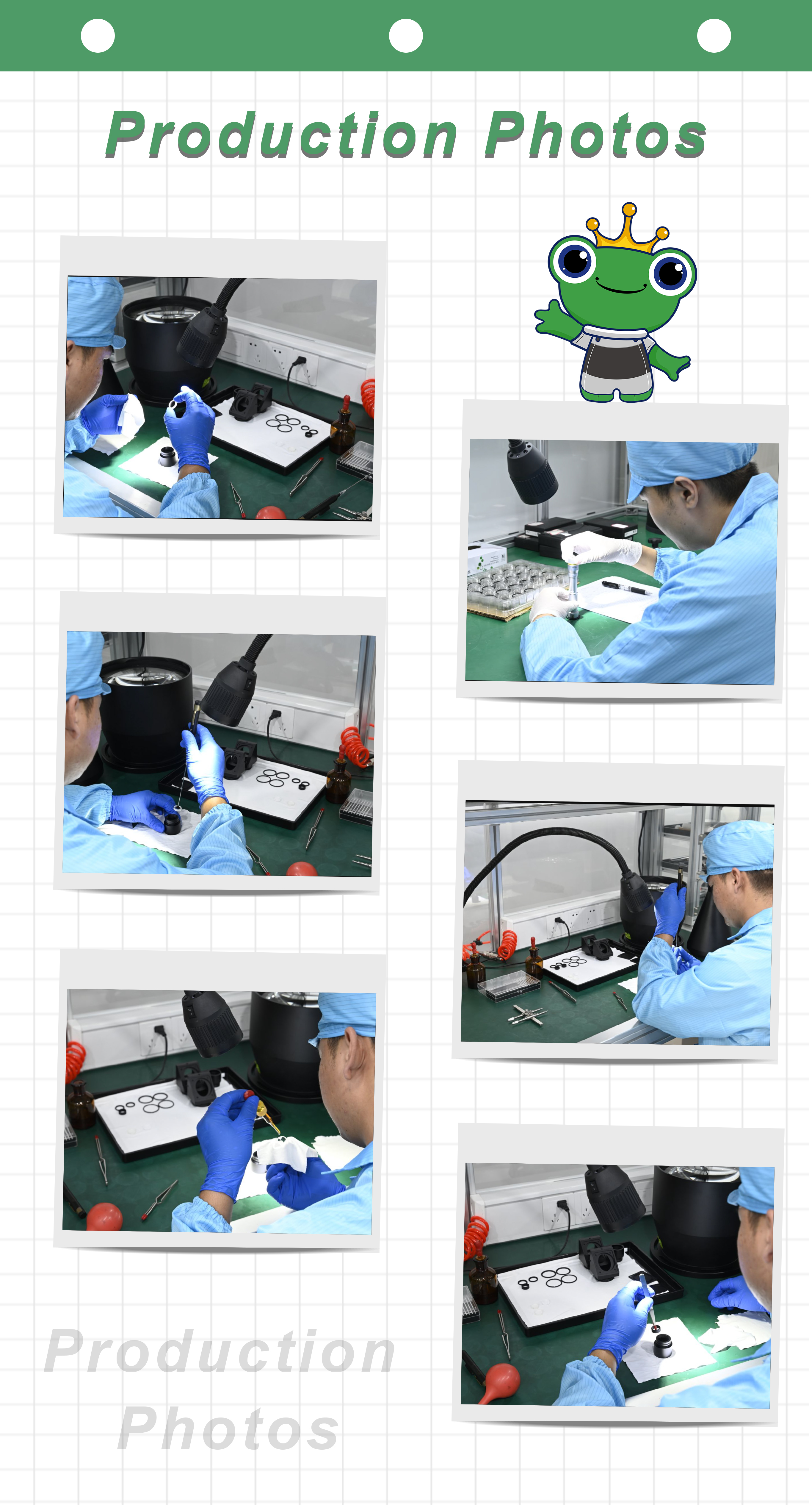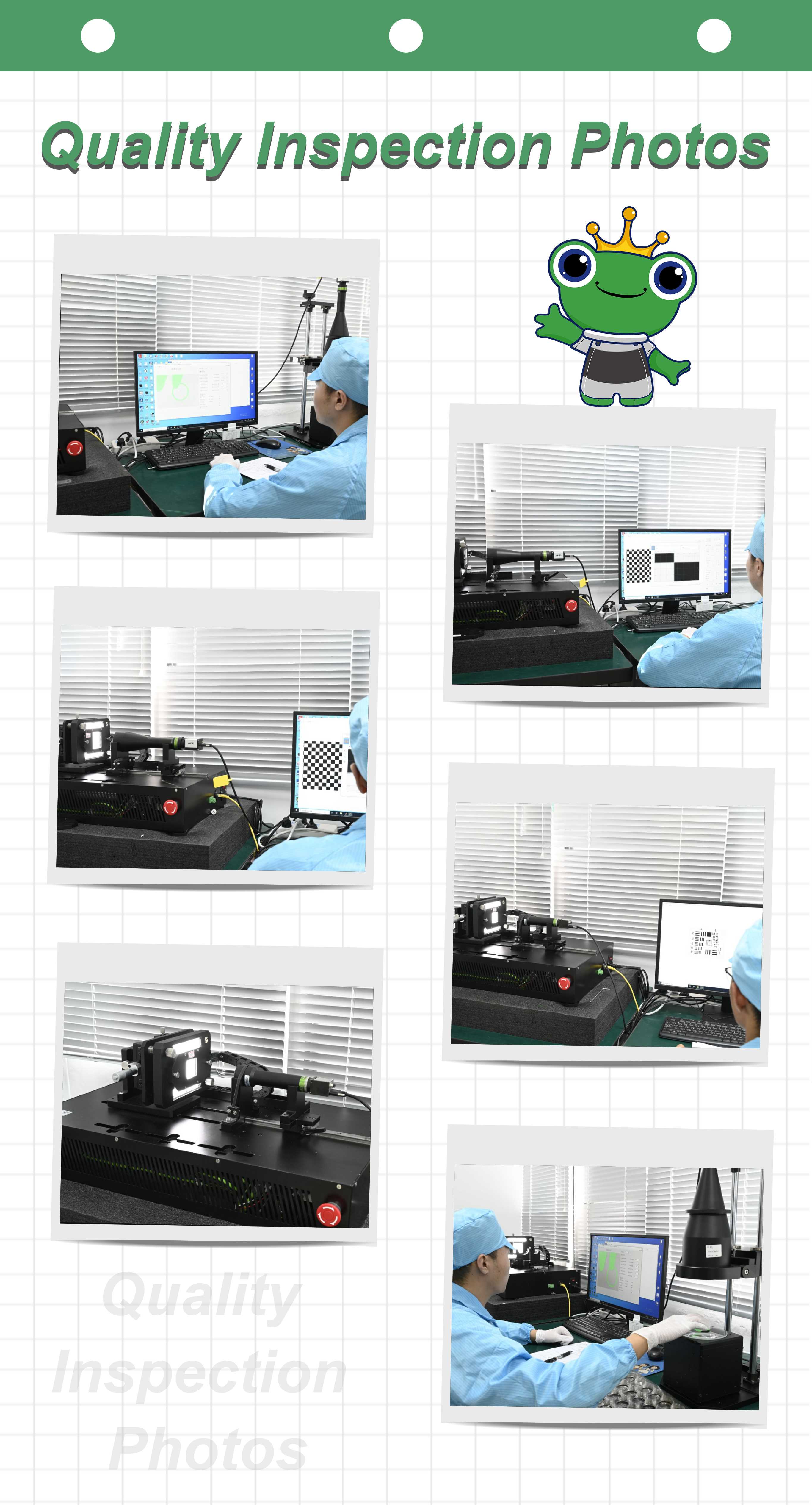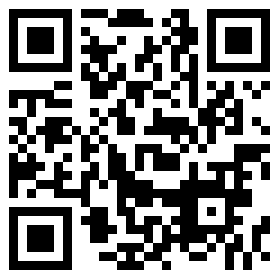Telecentric Lighting Systems: Optimizing Inspection Quality
Telecentric lighting systems are pivotal in modern manufacturing and quality control settings due to their unique capabilities. By producing parallel rays of light that are perpendicular to the object being inspected, these systems eliminate optical errors such as perspective distortion and depth-of-field issues. This uniform illumination ensures consistent image quality across the entire field of view, critical for accurate measurement and defect detection. Applications span various industries, including electronics, automotive, and aerospace, where precise inspection of components is essential for maintaining high product standards. The benefits are profound, enhancing measurement accuracy, enabling reliable defect detection, and supporting automated inspection processes. As such, telecentric lighting systems not only optimize inspection quality but also contribute significantly to operational efficiency and product reliability in industrial environments.
At the core of telecentric lighting systems lies a sophisticated optical design that distinguishes them from traditional illumination methods. Unlike conventional lighting sources that emit light rays at varying angles, telecentric systems are engineered to emit parallel rays of light that are perpendicular to the object under inspection. This distinctive characteristic is pivotal in industrial applications where precision and accuracy are paramount. By ensuring that light rays strike the object perpendicularly from all directions within the field of view, telecentric lighting eliminates perspective errors that can distort measurements and affect inspection outcomes.
Central to the functionality of telecentric systems is the telecentric lens, a critical optical component that facilitates the generation of parallel light rays. This lens arrangement ensures that all rays travel along the same optical axis, maintaining uniform illumination and consistent magnification across the entire image plane. Unlike non-telecentric setups, which suffer from depth-of-field issues where objects at different distances from the lens may appear differently magnified, telecentric lenses maintain a constant magnification regardless of the object's position within the inspection field.
The telecentric lens achieves this by focusing light rays such that they converge onto the object under inspection at the same angle, creating an image where the object appears the same size regardless of its location within the field of view. This uniformity is critical in applications such as metrology, where precise dimensional measurements are essential, and in defect detection tasks where consistency in image quality is required for accurate analysis.
Moreover, the elimination of perspective errors ensures that measurements taken from images produced by telecentric lighting systems are highly accurate and reliable. Engineers and quality control professionals rely on these systems to detect even the smallest defects or variations in manufactured components, ensuring that only products meeting stringent quality standards proceed through the production process.
Beyond dimensional accuracy and defect detection, telecentric lighting systems offer additional advantages in terms of image clarity and contrast. By minimizing stray light and shadows, these systems enhance the visibility of surface features and edges, further aiding in the identification of imperfections or irregularities that might impact product performance or reliability.
In industrial environments, telecentric lighting systems represent a cornerstone of precision measurement and inspection tasks. Their application spans critical areas such as the inspection of manufactured components, including electronic circuit boards, mechanical parts, and semiconductor wafers. The distinctive feature of telecentric systems lies in their ability to provide uniform and shadow-free illumination across the inspection field. This uniformity is essential for detecting even the smallest defects or imperfections that could compromise the quality and functionality of the final product. By ensuring consistent lighting conditions, telecentric systems enable manufacturers to uphold rigorous quality standards, ensuring that only flawless components proceed along the production line.
One of the primary advantages of telecentric lighting in industrial inspection is its ability to mitigate perspective errors. Unlike conventional lighting methods that may introduce distortions due to varying angles of light rays, telecentric systems emit light rays that are parallel and perpendicular to the object being inspected. This design minimizes perspective distortions and ensures that objects appear the same size regardless of their position within the field of view. This feature is crucial for maintaining accurate measurements and assessments of component dimensions, which is particularly vital in industries where precision is non-negotiable.
Metrology, the science of measurement, relies heavily on telecentric lighting systems for their unparalleled accuracy in dimensional assessment. Whether measuring the thickness of glass panels or the diameter of intricately engineered components, telecentric systems excel in delivering precise and reliable measurement results. The uniform illumination provided by telecentric lighting ensures that dimensional readings are unaffected by the object's orientation or position relative to the camera or sensor. This consistency eliminates potential errors that could arise from varying lighting conditions or angles, thereby enhancing the reliability and repeatability of metrological data.
Moreover, the application of telecentric lighting extends beyond dimensional accuracy to encompass defect detection in a wide range of industrial processes. By minimizing shadows and ensuring consistent illumination, telecentric systems enhance the visibility of surface details and imperfections. This capability is indispensable in industries where product integrity and reliability are paramount, such as automotive manufacturing, aerospace components, and precision optics.
Telecentric lighting systems represent a significant advancement in industrial inspection technology, offering benefits that extend well beyond merely improving measurement accuracy. One of their key advantages lies in their ability to minimize optical distortions and enhance contrast. By emitting light rays that are parallel and perpendicular to the object being inspected, telecentric systems ensure uniform illumination across the entire field of view. This uniformity is crucial for enhancing the visibility of surface features and edges, making it easier to detect subtle defects such as scratches, cracks, and foreign particles. These defects, which might otherwise be obscured or misrepresented under conventional lighting conditions, become clearly visible under telecentric illumination. This capability is particularly invaluable in industries where product integrity and quality control are paramount, such as semiconductor manufacturing and precision engineering.
Moreover, telecentric lighting systems offer practical advantages beyond enhanced defect detection. Unlike non-telecentric lighting setups, which often require complex calibration procedures to account for varying angles of light rays and potential distortions, telecentric systems simplify the inspection process significantly. The parallel nature of the light rays ensures that object dimensions and features appear consistent regardless of their position or orientation relative to the camera or sensor. This inherent consistency not only improves measurement accuracy but also reduces the need for frequent recalibration, thereby minimizing downtime and operational costs associated with maintenance and setup.
Furthermore, the reduction in calibration complexity with telecentric lighting translates into enhanced operational efficiency. Manufacturing environments benefit from streamlined inspection procedures that are less prone to errors arising from inconsistent lighting conditions. Operators can rely on telecentric systems to deliver reliable and repeatable results, thereby accelerating the pace of production without compromising on quality standards. This efficiency gain is critical in competitive industries where rapid throughput and stringent quality assurance are essential for maintaining market leadership.
In addition to improving defect detection and operational efficiency, telecentric lighting systems contribute to overall cost savings in industrial settings. By reducing the frequency and complexity of calibration requirements, companies can allocate resources more effectively, focusing on production rather than prolonged setup and maintenance routines. The minimized downtime due to simplified setup procedures translates into increased machine uptime and higher overall productivity, driving down per-unit production costs over time.
Recent advancements in telecentric lighting technology represent a significant leap forward in the realm of industrial inspection, offering capabilities that enhance both speed and accuracy across various sectors. One of the key innovations driving this progress is adaptive telecentric lighting. Unlike traditional setups where illumination intensity and angle are fixed, adaptive telecentric lighting systems can dynamically adjust these parameters based on the specific characteristics of the object being inspected. This capability ensures optimal illumination conditions, which are crucial for achieving precise and reliable measurements. By dynamically adapting to different surface textures, contours, and material properties, these systems mitigate the challenges posed by varying reflective surfaces and complex geometries, thereby improving inspection accuracy significantly.
Moreover, the integration of telecentric lighting with advanced imaging technologies such as high-resolution cameras and machine learning algorithms represents another frontier in inspection capabilities. High-resolution cameras paired with telecentric lighting systems capture detailed images with enhanced clarity and depth of field. This combination allows for the detection of even the smallest defects, such as micro-cracks or surface imperfections, which might be missed by conventional inspection methods. Furthermore, the application of machine learning algorithms enables automated inspection processes and real-time defect classification. By analyzing vast amounts of image data rapidly and accurately, these algorithms can identify anomalies and classify defects according to predefined criteria, thereby reducing reliance on manual inspection and improving overall efficiency.
These technological advancements in telecentric lighting have catalyzed their adoption across a wide range of industries. In automotive manufacturing, for instance, telecentric systems are utilized to inspect critical components such as engine parts and precision assemblies. The ability to detect minuscule defects ensures that products meet stringent quality standards before reaching consumers, thereby enhancing reliability and safety. Similarly, in pharmaceutical production, where product integrity is paramount, telecentric lighting plays a crucial role in inspecting tablets, capsules, and vials for imperfections that could affect dosage accuracy or product efficacy. By ensuring consistent quality control throughout the manufacturing process, these systems contribute to regulatory compliance and customer satisfaction.
In conclusion, telecentric lighting systems represent a cornerstone in the pursuit of precision and reliability in industrial inspection. By harnessing the principles of parallel illumination and eliminating optical distortions, these systems play a pivotal role in optimizing inspection quality across a wide range of applications. As technology continues to evolve, telecentric lighting systems are poised to remain at the forefront of innovation, driving advancements in quality control and manufacturing excellence.
Through their ability to enhance measurement accuracy, streamline inspection processes, and facilitate automation, telecentric lighting systems exemplify the transformative impact of optical engineering in modern industry. As such, their role in ensuring product quality and consistency is set to expand, shaping the future of industrial inspection practices worldwide.

Basson focuses on machine vision products used for precision measurement and defect detection.
Basson not only provides high-precision bi-telecentric lens systems, telecentric lens systems, telecentric light sources, coaxial illuminations and optical lenses, but also offers customized services.
With products designed in Germany, business planned in the UK and products made in China, Basson is able to provide superior products to customers through its global team. Currently, Basson is in preparation of production and assembly of products in Japan.
Dr. Liu Lu, acting as CTO of Basson, is a PhD degree holder of Oxford University.
Production and testing instruments include optical vacuum coating machines manufactured by Satis in Switzerland and Leybold in Germany, a laser interferometer from Zygo in the US, a spectrophotometer from PerkinElmer in the US, a spherometer from Hofbauer Optik in Germany, a centering instrument from Kyoritsu Electric in Japan, a NC grinding device made by Kojima Engineering in Japan and an automatic centering machine made by Shonan in Japan.


Basson focuses on machine vision products used for
precision measurement and defect detection.
Basson not only provides high-precision bi-telecentric lens systems,
telecentric lens systems, telecentric light sources,
coaxial illuminations and optical lenses,
but also offers customized services.










